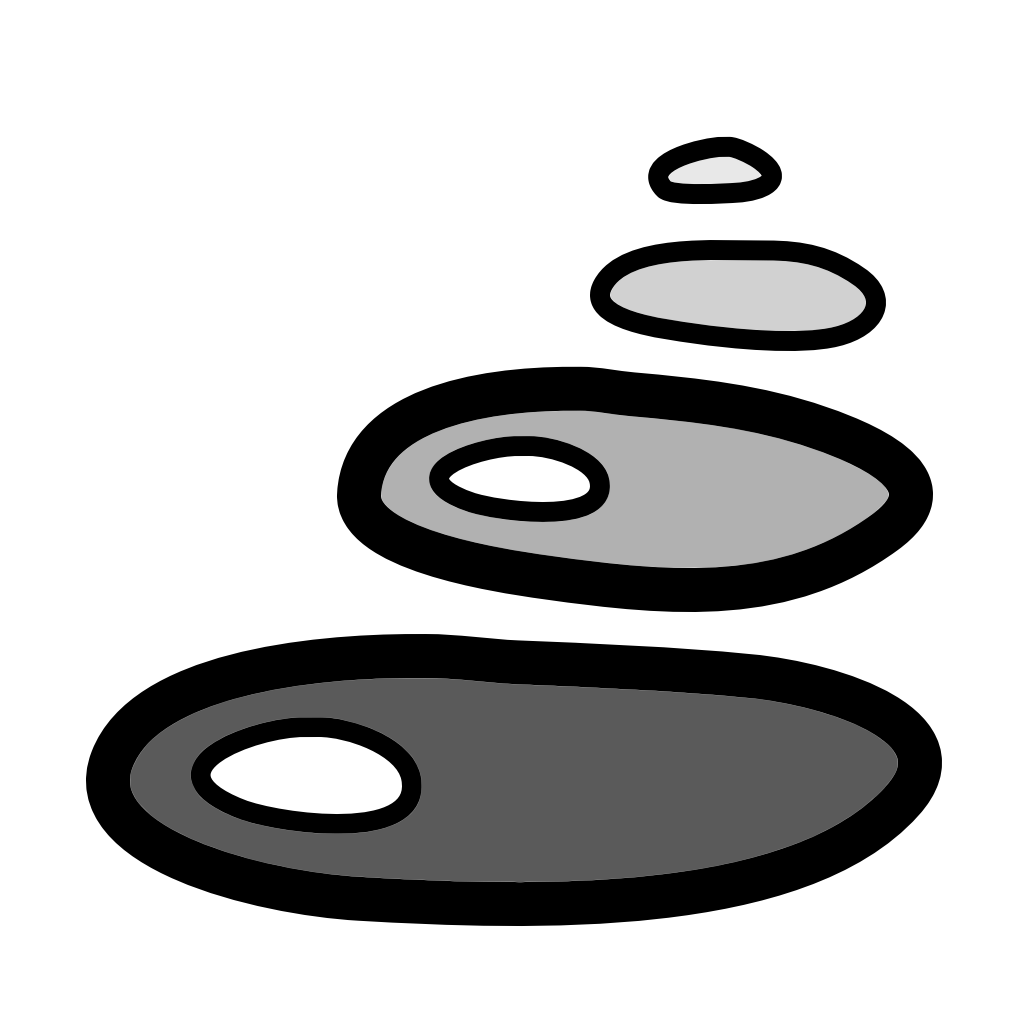Moonstone Vs. Quartz
Moonstone is a gemstone composed of sodium potassium aluminium silicate.[1] Quartz is a very popular gemstone and its chemical composition is silicon dioxide.[2]
Quick Facts on Differences of Moonstone and Quartz
For a quick recap of the differences moonstone and quartz:- In terms of crystallography, moonstone is monoclinic while quartz can be hexagonal or trigonal.
- For chemical formulas, moonstone can be (Na or K)AlSi3O8 while quartz is SiO2.
- While both moonstone and quartz can be vitreous, in terms of luster, moonstone can be pearly and quartz can be greasy or waxy.
- While both moonstone and quartz can be commonly red or yellow, moonstone is often blue, brown, colorless, gray, green, orange, pink, purple or white.
- Moonstone's rarity is more rare than quartz.
-
Moonstone's hardness is lower than quartz - moonstone ranges from 6 to 6.5 and quartz is 7 on the Moh's scale.
- Moonstone can be scratched by quartz (7) while quartz can not be.
- Moonstone's specific gravity is lower than quartz - moonstone ranges from 2.56 to 2.59 and quartz ranges from 2.651 to 2.91.
Quick Facts on Similarities of Moonstone and Quartz
The similarities of moonstone and quartz include:- Moonstone and quartz both can be opaque, translucent or transparent.
- Moonstone and quartz both streak white.
Summary of Moonstone
Moonstone is a type of feldspar mineral that is known for its iridescent sheen, which gives it the appearance of a glowing moon. This mineral is typically white or pale in color, but it can also come in shades of gray, peach, and blue. One of the most distinctive features of moonstone is its adularescence, which is the shimmering effect caused by light reflecting off the layers of the stone. Moonstone is commonly used in jewelry and is a popular gemstone due to its unique appearance.Summary of Quartz
Quartz is a mineral that is composed of silicon and oxygen atoms arranged in a continuous framework of SiO4 silicon-oxygen tetrahedra. It is one of the most abundant minerals found in the Earth's crust. Quartz can be found in a variety of colors such as white, pink, purple, brown, gray, and black. It is also known for its unique crystal structure, which is hexagonal in shape, and its hardness, which is 7 on the Mohs scale.Table Comparison of Moonstone vs Quartz
| Moonstone (src) | Quartz (src) | |
|---|---|---|
| Transparency | transparent, translucent, opaque | transparent, translucent, opaque |
| Chemical Formula | (Na,K)AlSi3O8 | SiO2 |
| Chemical Composition | sodium potassium aluminium silicate | silicon dioxide |
| Specific Gravity | 2.56, 2.59 | 2.651, 2.91 |
| Hardness | 6, 6.5 | 7 |
| Streak | white | white |
| Crystallography | monoclinic | hexagonal, trigonal |
| Refractive Index | 1.518, 1.518, 1.52, 1.524, 1.525, 1.525 | 1.544, 1.553 |
| Hydrous | No | No |
| Colors | common: blue, gray, pink, brown, green, white, orange, purple, yellow, colorless, red |
common: red, yellow sometimes: blue, gray, pink, black, brown, green, white, orange, purple, violet, colorless, multicolor |
| Fracture | conchoidal, uneven | conchoidal, uneven |
 AllMineralsRock
AllMineralsRock







